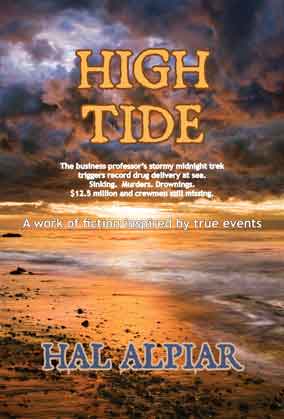Mar 07 2010
Keep it in your pocket
Get it out of the elevator
and into your pocket!
The more you recite your “Elevator Speech” — you know, that little one-sentence description of what your business is all about that you would presumably use to tell your whole business story to a stranger during the few seconds of an elevator ride — the better it will get.
It’s like the repetition of any story: the more you tell it, the more polished you’ll make it, the more effectively it will communicate, the more enticing a spiel it will become. But to make it work, you have to use it over and over and over again (Repetition Sells!): in meetings, at social gatherings and community events, waiting in lines, and yes, even weddings and funerals.
That sounds distasteful to you? Sorry. It’s reality. No one’s ever really offended by quiet discreet sharing of an information one-liner that’s descriptive, in good taste, and doesn’t require ten paragraphs to explain it.
If you have your own business — or you’re a sales rep, which means you have your own business — you are expected to be able to say what you’re all about in one clear, concise (and hopefully energetic) statement that you can say comfortably without struggling for breath..
“So, hey, Philamena, I hear you run your own business; whadda’ya do?”
Please don’t tell the guy you’re a EXIF 2.2 expert who consults on compatibility of PIM and PictBridge. You might instead try: “We help individuals and businesses that work with photography to find the computer printer systems that best fit their needs.”
I know it’s tempting to let others know that you’re a CTS PT who specializes in inflamed flexor tendons instead of simply explaining you’re a “physical therapist who helps people with wrist pain from repetitive motion (like computer operation, packing and assembly, or hammering) to not lose time at work.”
Odds are if you’re new in business, you still need to tend to the polishing up of this “best set of words.” If you’ve been around awhile, you probably recite the same old statement every day to everyone and haven’t stopped to actually think about it for a long time.
So, whichever situation best describes you, stop and think about it! Ask others around you what they think of your concentrated explanation.
Remember that you only get one chance at a first impression. With today’s business economy, there’s no room for saying even one single word in your elevator speech that’s wrong, or that doesn’t enhance the communication value of explaining what your business does, or that doesn’t intrigue others.
Once you think you’ve got it, get it out of the elevator. Put it in your pocket and take it everywhere with you. Never stop refining it. And keep feeding it to your employees as the words you want them to use to describe the business anytime someone asks them (and hopefully, of their own accord, when no one asks!)
Comment below or Hal@BUSINESSWORKS.US
Thanks for visiting. Go for your goals! God Bless You!
Make today it a GREAT day for someone!


